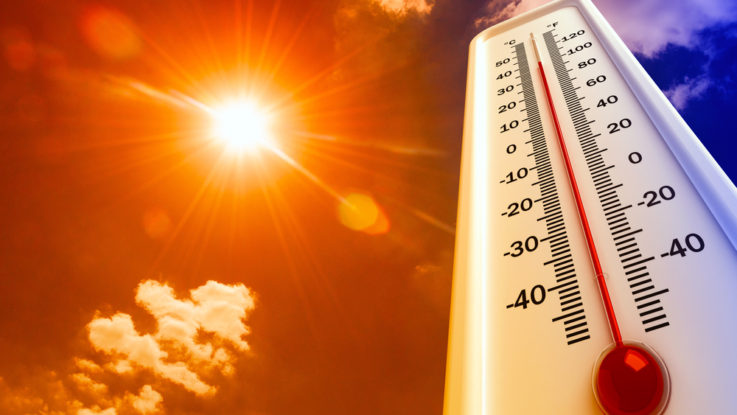
The city of San Francisco, CA is conducting a community heat mapping project – called Urban Heat Watch – in order to better understand and address health inequities exacerbated by temperatures above 100°F ( ~37.8°C ). Two local non-profit organizations, Brightline Defense and the NICOS Chinese Health Coalition, are co-leading the project with the city.
More than 30 volunteers recently began gathering detailed information on how heat is distributed across the city. The volunteers drove 12 predetermined routes at scheduled times throughout the city to collect temperature and humidity data using heat sensors mounted on their cars.
The collected data will be used to create maps which define the locations of the city’s urban heat islands, and find which communities may be disproportionately impacted by extreme heat. This information will be used as an aid in designing resilience strategies for extreme heat and wildfire smoke. The strategies will be developed by a new interdepartmental city initiative called the Heat and Air Quality Resilience Program.
“This effort recognizes that heat doesn’t impact our city’s residents equally and as climate change continues to accelerate, helps us make smart and targeted decisions on where to invest in cooling centers, or even where to plant new street trees to cool down,” Carmen Chu, San Francisco‘s city administrator.
The project is funded by The National Oceanic and Atmospheric Administration through its Urban Heat Island Mapping Campaign. NOAA and other federal agencies have also created the Heat.gov website to share real-time data on extreme heat conditions throughout the country.
“I want to thank the NOAA and all of the volunteers today for partnering with our public health and safety departments on furthering our commitment to address the impacts of climate change,” said Mayor London Breed. “That includes mitigating the impacts of rising temperature on our communities with equity as our guiding principle. In past years, our City workers have stood ready and came together to utilize our public spaces like libraries and museums and staffed cooling centers where residents in need of access to them could have safe places during times of extreme heat. As we continue our part in working on environmental issues that affect our everyday lives, this partnership with the NOAA will help strengthen our work serving all of our communities and addressing the long-term and short-term impacts brought on by climate change.”